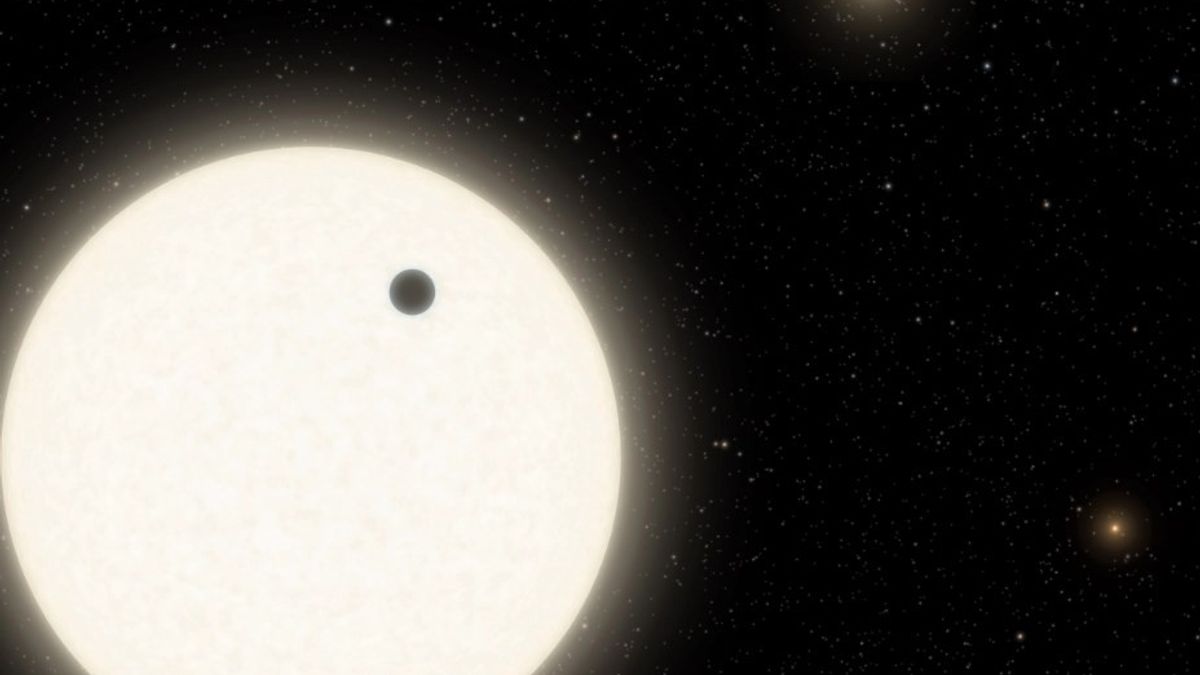
JAKARTA - NASA has revealed its latest findings regarding an exoplanet named KOI-5Ab. Unique as well as confusing astronomers is because this planet orbits between three stars.
Actually, planet KOI-5Ab was discovered in 2009 through NASA's Kepler telescope. However, later the researchers "left" the research focus of KOI-5Ab. The reason is, scientists have thousands of other candidates who are more easily recognized, as quoted by the New York Post.
"KOI-5Ab was abandoned because it was complicated and we had thousands of candidates," said David Ciardi, head of the research team at NASA's Exoplanet Science Institute, on Tuesday, January 19.
"There are results that are easier than KOI-5Ab and we learn something new from Kepler every day, so KOI-5 is almost forgotten," added Ciardi.
The planet in the Cygnus constellation has a distance of 1,800 light years from planet Earth, with an estimate that every one light year is about 6 trillion miles.
Launching Space, thanks to NASA's TESS (Transiting Exoplanet Survey Satellite) telescope, which was launched in 2018, KOI-5Ab is again getting the attention of astronomers. TESS also detects a signal from the KOI-5 system, which is generated by the potential planet.
For additional information, KOI-5Ab is half the size of Saturn. In its star system, this planet orbits another planet, namely KOA-5A for every 5 days.

"We don't know that many planets are in a three-star system and this one is very special because the orbit is tilted," Ciardi said.
“We still have many questions regarding how and when planets can form in multiple star systems and how their properties compare to planets in single star systems. By studying this system in greater detail, perhaps we can gain an understanding of how the universe made planets. "
On the contrary, the planets KOI-5A and KOI-5B circle each other once every thirty years. While the other planet, namely KOI-5C, circles the two planets once every four hundred years. KOI-5C went from a collection of four other celestial bodies from an oblique orbit as a result of the plane (orbital plane) is different.
Until now it was not clear what caused the tilt of the orbit, although scientists "believe that the second star gravitatively 'kicked' the planet during its development, changing its orbit and causing it to migrate inward," NASA said.
They also believe that the three-star planetary system is estimated to make up only about 10 percent of the entire star system. These findings have been presented by researchers at the American Astronomical Society.
The English, Chinese, Japanese, Arabic, and French versions are automatically generated by the AI. So there may still be inaccuracies in translating, please always see Indonesian as our main language. (system supported by DigitalSiber.id)











